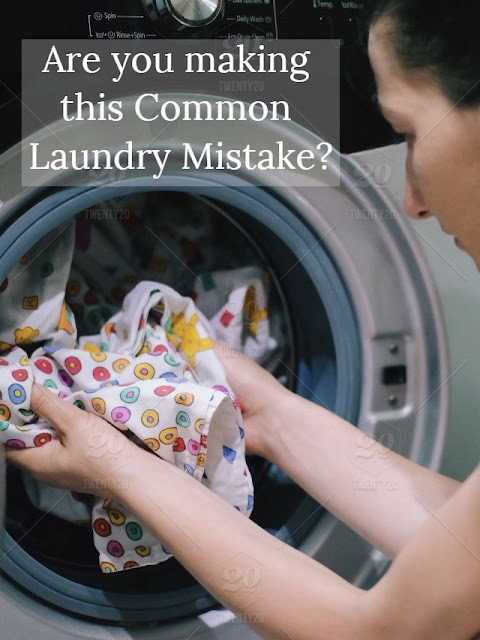Winter. It's the time of snow, rain and icy cold winds. Oh, and cold & flu season! Yay!! So, besides getting the flu jab and overdosing on vitamin C and zinc, how can you prevent germs running riot in your household? A good system of prevention and management can make a difference. While regularly washing hands and sanitizing hard surfaces may readily come to mind in this regard, we may not think about the fabric surfaces we regularly come into contact. (think, towels, soft-furnishings, clothing, soft-toys, etc) These too, can be sources of transmission in cases of infection. So how can we deal with these potential sources of reinfection? Just wash it hot, you might say. That's certainly what we've been taught to do for generations, but does that still hold true? THE FACTS: The simple answer is no. Contrary to popular belief, washing hot in regular laundry powder will not remove most moulds and other organisms that cause skin & respiratory







